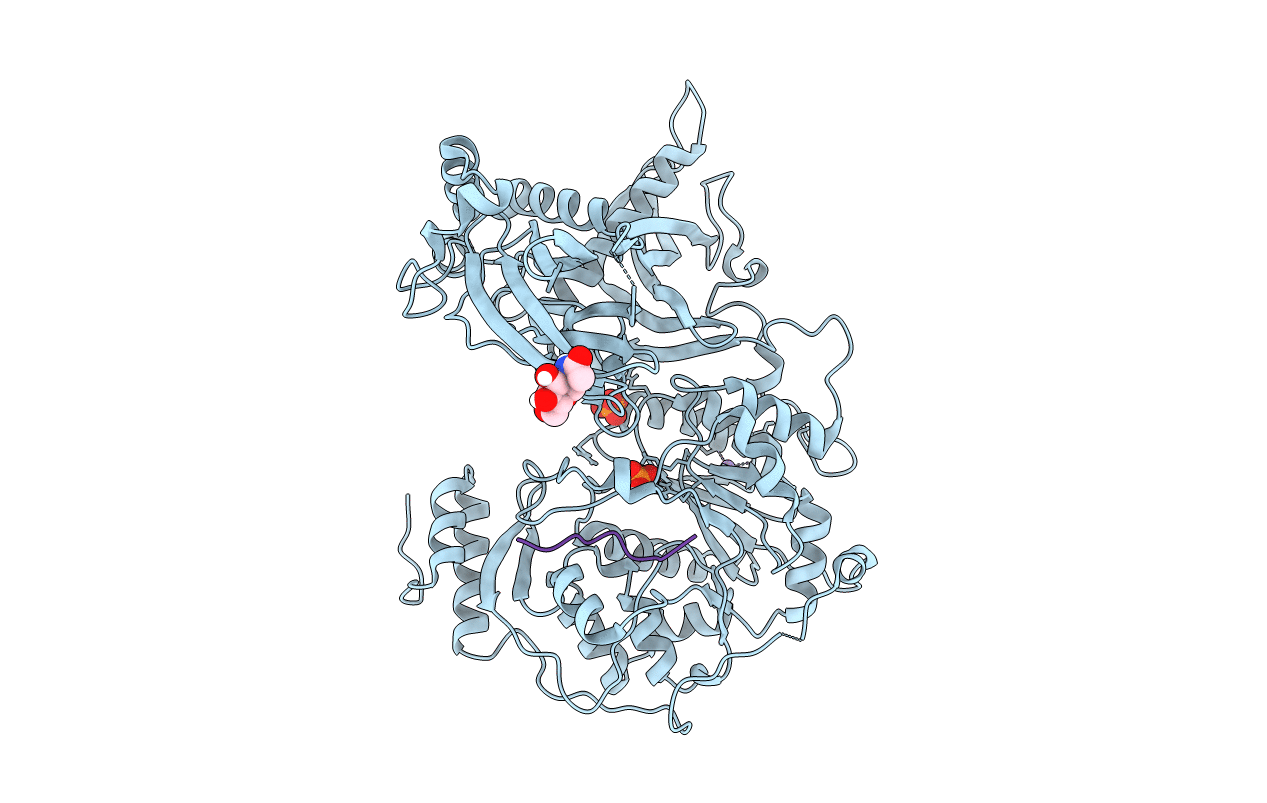
Deposition Date
2017-09-20
Release Date
2018-05-02
Last Version Date
2024-10-23
Entry Detail
PDB ID:
6EJ8
Keywords:
Title:
Human Xylosyltransferase 1 in complex with peptide QEEEGSGGGQGG
Biological Source:
Source Organism:
Homo sapiens (Taxon ID: 9606)
Host Organism:
Method Details:
Experimental Method:
Resolution:
2.09 Å
R-Value Free:
0.22
R-Value Work:
0.19
R-Value Observed:
0.19
Space Group:
P 21 21 21


